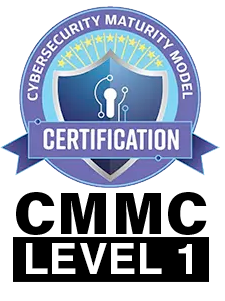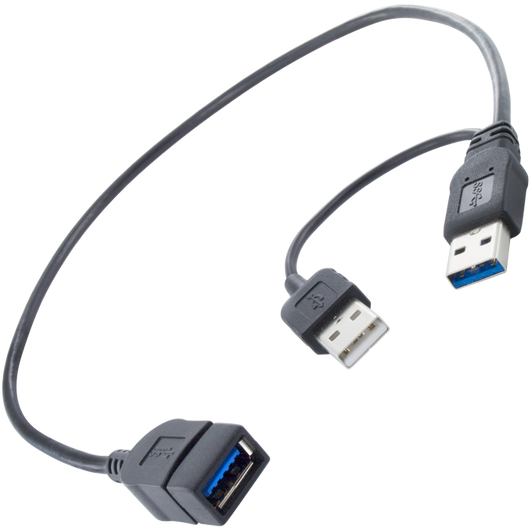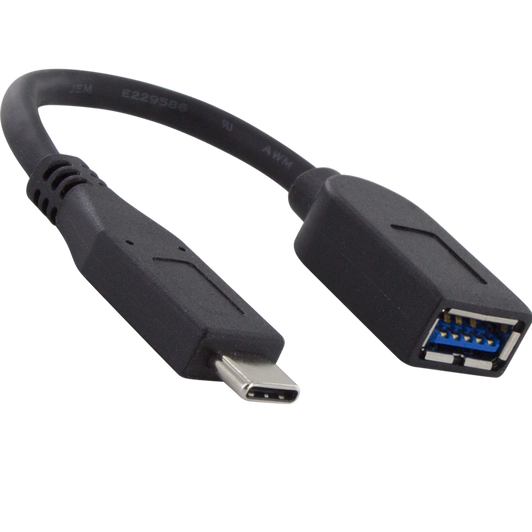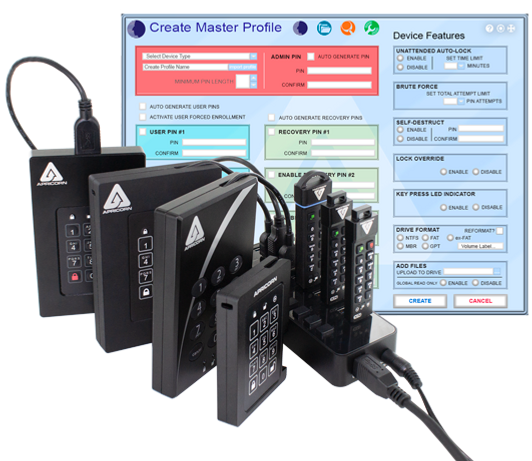Access the drive using the Admin PIN. Follow the steps in the manual to remove the User PINs (which will also remove all recovery PINs and self-destruct PIN) and then add new User PIN(s). If your device has a “Configurable” symbol on it, up to 4 recovery PINs can be programmed onto the device (typically by the Admin during initial configuration). If you forget your original user PIN, the recovery PINs will allow you to create a replacement User PIN. If your drive was issued by your workplace, your IT Administrator/Help Desk should be able to provide you the recovery PIN. Once the new User PIN is set up, you will be able to unlock the drive and access your data. If Recovery PINs were not created at initial setup, the Admin PIN can be used to unlock the drive and recover the data. Additionally the Admin can generate a new User PIN(s) from within the Admin mode. In the event that no recovery PINs were set and both the User and Admin PINs are forgotten, the drive can be reset and used again but all of the device's data will be lost as a result of the reset.















